Organizing age-appropriate physical activities is essential for the holistic development of children. In Class 9 PHYSICAL ACTIVITY TRAINER (code 618), this topic highlights how physical activities should be tailored according to the age, growth, and development stages of students.
Organizing age Appropriate Physical Activities Class 9 Notes
Organizing Age-Appropriate Physical Activities
‘Play and Fun’ are the center of every physical activity, but an activity remains to be only an engagement if at the end of the play session, some overall outcomes are not met. The physical activity can help develop a variety of required competency in a child.
In the following session examples, we try to use physical activity to develop the following competencies in children.
- Strength and Co-ordination
- Cognitive Skills
- Endurance and Flexibility
Conduct all these activities on the ground.
How to proceed:
- Begin by teaching basic movements such as walking and jogging before moving to difficult skills such as jumping.
- Demonstrate the activity first before asking children to perform. Break up the action into small steps and help children step by step.
- Ask children to perform and guide them through the process correcting their movement and encouraging them to imitate you.
- Give encouraging feedback to the children and ample opportunity for practice.
Fitness Activities
Physical fitness is a state of health and well-being and, more specifically, the ability to perform aspects of sports, occupations, and daily activities. Physical fitness is generally achieved through proper nutrition, moderatevigorous physical exercise, and sufficient rest. Below are some of the fitness activities for kids.
Action: Lesson Name – Walk Kiddies
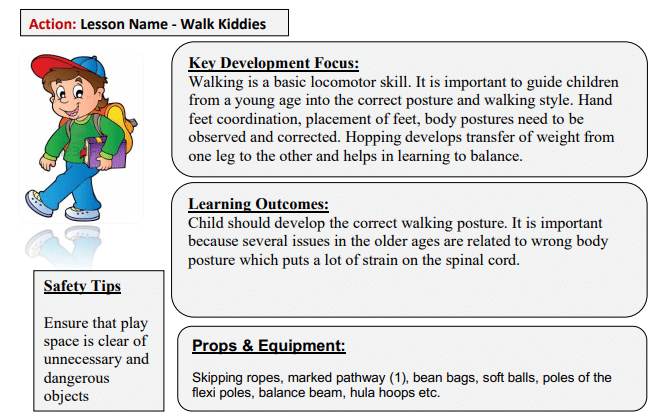
Walking
Stand in correct standing posture. Correct posture should be as follows:
- Point toes straight ahead; hold tummy in and chest up
- Keep back straight; stand up tall and show your good posture
- Walk with feet on either side of the rope or poles
- Walk along the marked pathways
- Walk with toes pointing inwards
- Walk with heels pointing inwards
- Walk on toes
- Walk on heels
- Walk with bean bags on the head
- Walk holding a ball in front
- Walk holding a ball over the head
- Walk with right foot on the balance beam and left foot down
- Walk back with left foot on the balance beam and right foot down.
Hopping
- Hop from one leg to the other – slow and then fast
- Hop from hoop to hoop with the same leg
- Hop high reaching for a high held ball
- Hop keeping arms straight out on the sides, in front, straight down, straight up
Balance Lesson Plan – Over, Under, Around and Through

Props & Equipment: Saucers, balancing beam, hula hoops, training arch, exercise mats, bean bags, softballs, and baskets.
Animal Walks:
Puppy Walk:
- Place hands on ground/floor
- Arms and legs bent slightly
- Move like a puppy on all fours
Frog jump:
- Sit down in a crouching position, place both hands in front
- Get up a little and as you get up, place hands in front and leap to the front
Camel walk:
- Place two hands and two feet on the floor, look down
- Slowly lift hip as high as possible and move forward
Spider Walk:
- Walk using your fingers and toes
Lion Walk:
Walk on hands and feet with long and stretched out strides
Duck Walk:
- Squat down and bend your arms like wings. Now walk and flap your wings. What sound does the duck make? Can you make the sound?
Snake Slide:
- Place exercise mats in the play area and lie on your stomach. Slither forward like a snake.
Strengthening the arms:
- Children strengthen their arms hanging from the ‘hanging bar’ and pull their bodies up with their arms
- Children crawl through tunnels
- Objects like bean bags / softballs at the other end of the tunnel need to be picked up and placed in baskets
- Children carry a prop while crawling through the tunnel (push a ball or carry a bean bag on the back)
Co-ordination: Lesson Plan – Airports
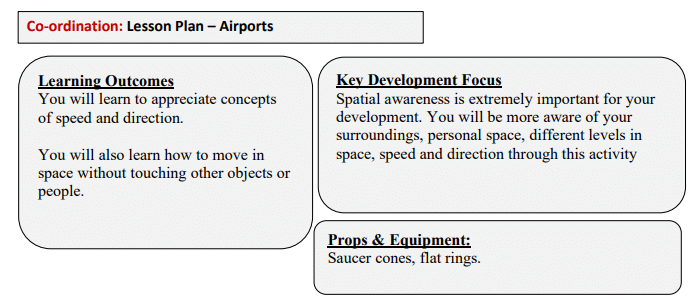
Airplanes Skills & Variations:
- Stretch both hands sideways, act like an airplane
- Mark a rectangular space using poly spots/cones, this is the ‘runway’ where airplanes will take-off and land
- You should run with hands stretched; acting like air planes taking off
- 4 runs on the spot, 4 forwards and 4 sideways
- Run in a circle, run backwards (extra care is needed)
- During all these activities keep reminding yourself that you should not touch any of the other air planes
- At your command of “LAND” you will come into the runway and land
- While landing go from standing position to knee level to sitting
Create Obstacles
- You will fly like airplanes avoiding each other and the obstacles and land safely at the marked area.
- Place a few flat rings so that the children leap in and out of the flat rings while moving around as air planes
- Next place a few poly spots/saucer cones so that the airplanes go around zigzag and then land
- Place different props on the floor in such a manner that it is challenging for the children to move around without touching them
- Find the right balance to stand on two feet. Slowly lift one foot and stretch it back and maintain the balance by bending forward
Safety Tips:
Make sure that the play area is free of dangerous and sharp objects.
Action: Lesson Plan – Jumping Jacks
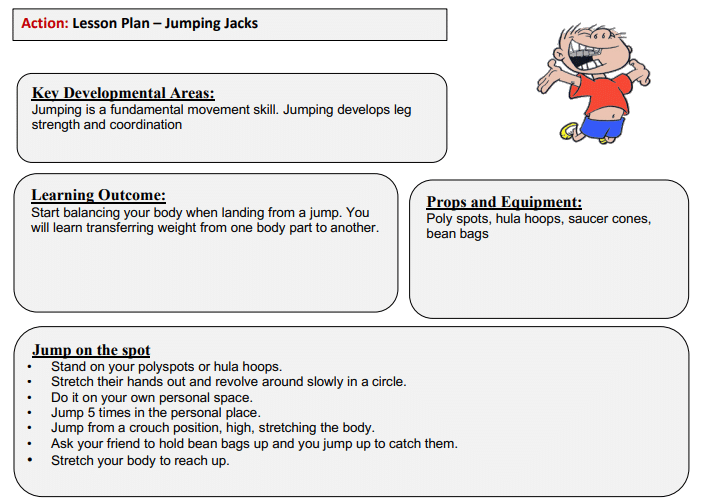
Jump To Move Ahead Skill and Variations:
Jump from one hula hoop to another.
- Swing both the arms together while jumping.
- Cover more distance (longer jumps)
Safety Tips:
Ensure that there are no dangerous objects on the floor. It is best to jump on soil, grass or a carpeted area rather than on concrete surfaces.
Co-ordination: Lesson Plan – Balloon and Scarf Throw
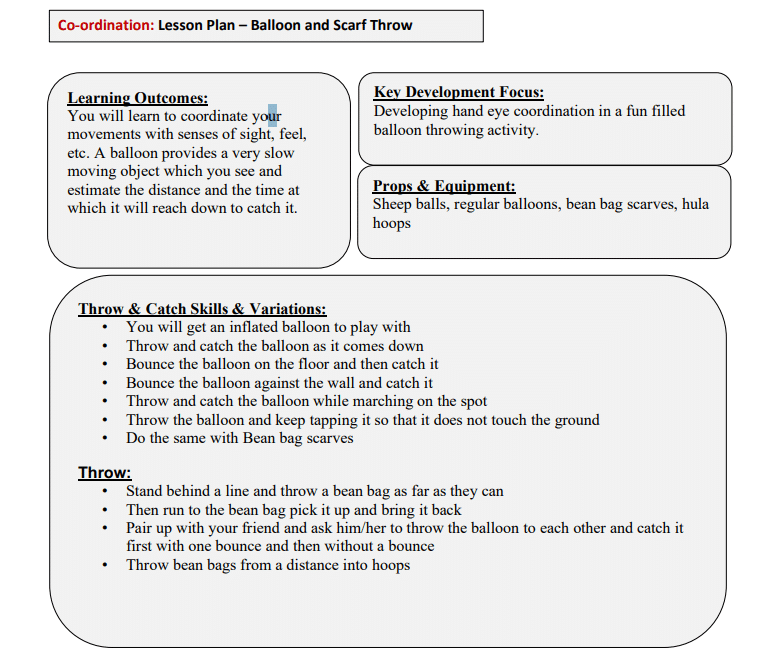
Safety Tips:
Make sure that the play area is free of dangerous and sharp objects. Watch children carefully so that they do not bump into each other.
Co-ordination: Lesson Plan – Roll the Ball
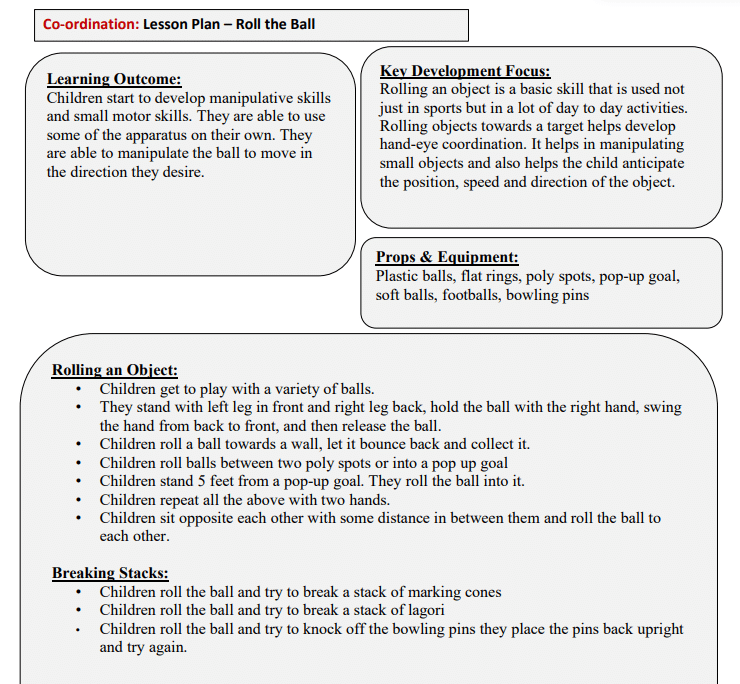
Safety Tips:
Make sure the place is free of sharp objects. Watch children carefully so that they don’t run over the props.
Specific Sports Training
If the training is done in the correct way it can be very beneficial, if not, it can be detrimental. Specific sports training starts when the child understands the different concept of sports and the fundamental skills. if you do not know the correct technique of throwing and hitting then its very difficult for you to play cricket.
Fundamental Skill themes: The fundamental skills and their usage in multiple sports.
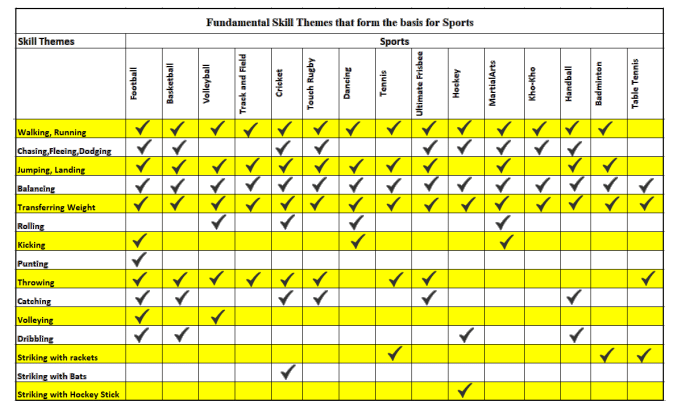
Sports Periods
The sports period is a division of time in a sports or games, in which play occurs. A sports period may have a fixed length of game time or be bound by other rules. For early years 1 sports period per day should be mandatory but because of giving emphasis on others academic subjects most of the schools have 2 sports period per week.
The sports periods should be well planned, and focus should be on teaching correct technique of fundamental skills and movement concept.

Games
A game is a structured form of play, usually undertaken for entertainment or fun, and sometimes used as an educational tool. When we organise a game for children, we need to make sure that it’s of less rules and structured play with a clear learning outcome mapped to it.
1. Locomotor
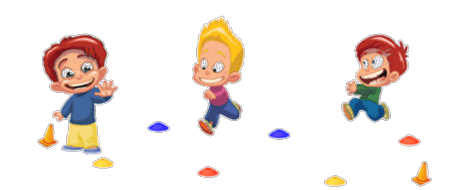
Running is a locomotor skill that is a pre-requisite for most of the physical activities. It develops legs strength, rhythm and coordination.
2. Hopping
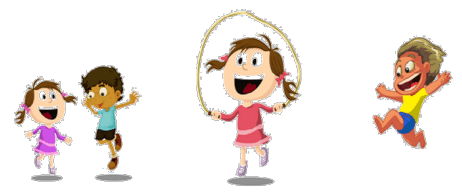
Hopping is a Locomotor skill which develops several fundamental skills like balance, muscle strength, weight transfer. The knee acts like a spring to take on the major impact of hopping. Therefore, the knee should always be bent. Hopping, skipping and jumping help develop rhythm and coordination.
3. Static Balancing
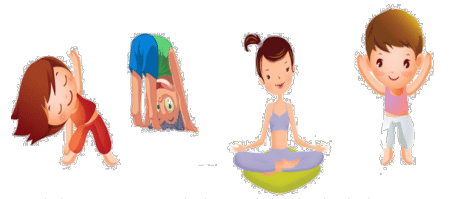
Static balancing on various body parts helps develop body control, transfer of weight and flexibility.
4. Balancing
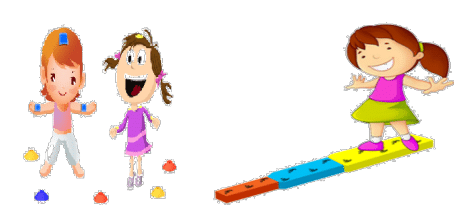
Balance is an essential skill that has to be learnt. Surfaces which are at different levels or small in footprint offer an opportunity to learn this skill. The ability to balance objects on various parts of the body helps develop strength and control.
5. Coordination
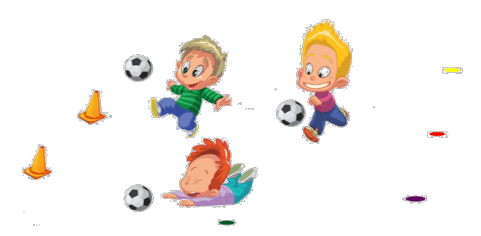
Coordination between feet and eyes is a very basic skill that can be developed by engaging in fun activities like kicking a ball.
Organize Sport Activities (Events)
List of important events in a year.
- Sports Day
- Intramural Tournaments
- Extramural Tournaments
- Independence Day/ Republic Day
- Father’s Day/ Mother’s Day/ Grandparent’s Day/ Children’s Day
- Summer/Winter Camp
1. Sports Day
The entire school is involved in Sports Day. The management, teachers, non-teaching staff, students, parents all contribute to making the Sports Day successful. In any big event there are three important stages:
- Post Sports Day
- Pre Sports Day (Preparation phase)
- Sports Day
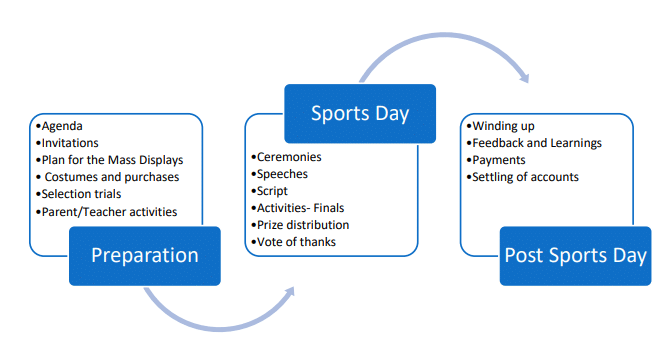
Pre-Sports Day or Preparation phase: Preparation for a sports day starts at least one month prior to the day of the event. There could be different roles/ tasks where people from different departments need to contribute. The roles in the organization of a Sports Day are as follows.
- Setting up the agenda for the Sports Day
- Assigning of duties
- Inviting chief guest and parents
Sports Day: The day of the event becomes easy if the duties and responsibilities assigned to the various individuals are properly done. There should always be a checklist to make sure that the things planned prior to the sports day are in place. In addition, the entire sports day (day of the event) is to be defined properly. A dress rehearsal is recommended a day or two prior to the Sports Day.
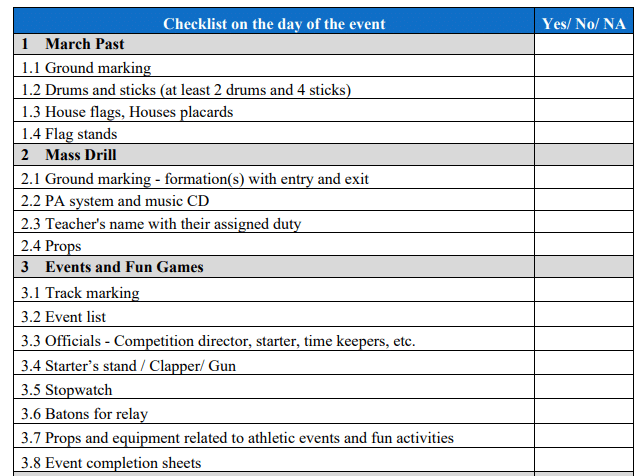
Post Sports Day: It is generally the wrapping-up of the event.
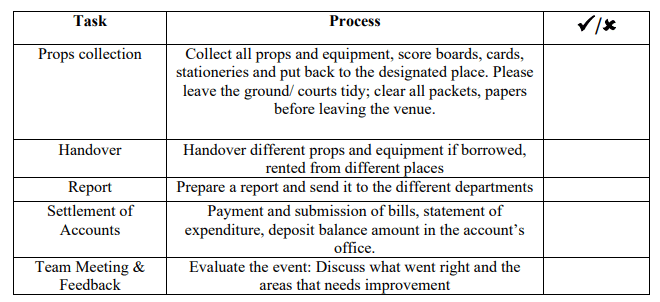
Organizing Tournaments and Events
Organizing tournaments like Football, Basketball, Cricket, etc. are similar to organizing a Sports Day. Proper planning for the event is the most essential part that determines the success of the event. Same checklist used for the Sports Day can be used with some modification.
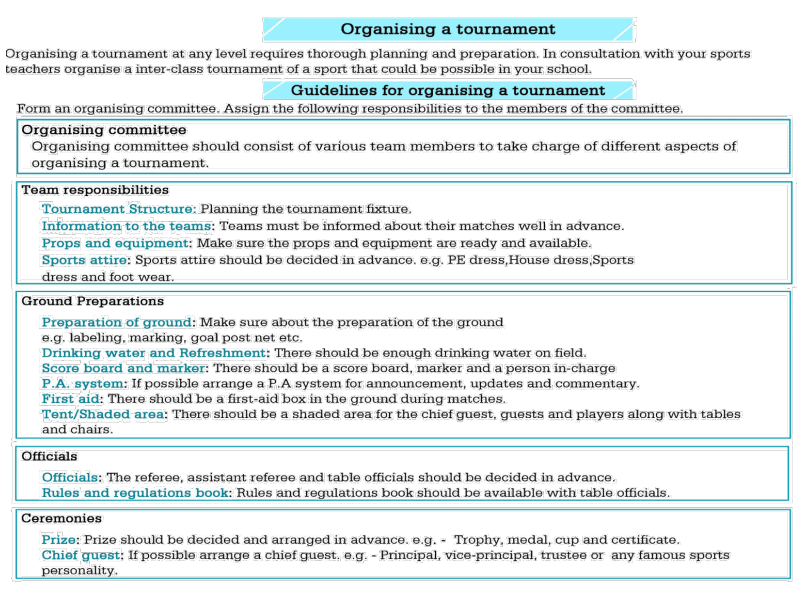
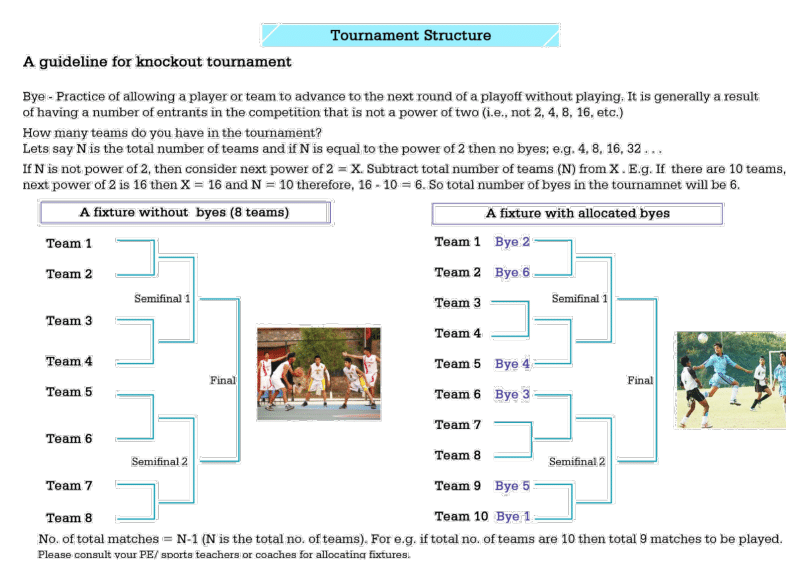
Mass Drills and Display
Mass drills and display are mostly the part of sports day. In most of the school mass drills and display are mandatory. Mass drills are basically Drill forming patterns on the ground. Coordination amongst the kids is the key to achieve these drills and display.
List of drills and display
- Parachute drill
- Dubmle drill
- Ribbon drill
- Zumba
- Yoga
Program for parents and staff
Parents play a significant role in supporting their children’s health and learning, Parent engagement in schools is important. Parent engagement in schools is defined as parents and school staff working together to support and improve the learning, development, and health of children and adolescents.
List of Activities:
- Mother’s Day
- Father’s Day
- Grandparent’s Day
- Play date
- Match Day
Summer Camp
Summer camps are a popular option because there are so many types of activities to select. The most popular are sports camps. They are a good choice for children as they keep them physically active, teach skills about teamwork, winning and losing, and how to listen to a coach.
List of activities:
- Fun Yoga
- Flip the cones
- Number games
- Run pick and place
- Clean the room
Winter Camp
Like summer camps, winter camps are also a good choice for children to keep them physically active. When the schools are closed for winter vacation movements are restricted, they are no longer engaged in physical activity.
List of activities:
- Hitting the target
- Clap and catch
- Yoga
- Gallop like a horse
- Building and bulldozers
Disclaimer: We have taken an effort to provide you with the accurate handout of “Organizing age Appropriate Physical Activities Class 9 Notes“. If you feel that there is any error or mistake, please contact me at anuraganand2017@gmail.com.
The above CBSE study material present on our websites is for education purpose, not our copyrights. All the above content and Screenshot are taken from Physical Activity Trainer NCERT Textbook, CBSE Sample Paper, CBSE Old Sample Paper, CBSE Board Paper and CBSE Support Material which is present in CBSEACADEMIC website, NCERT websiteThis Textbook and Support Material are legally copyright by Central Board of Secondary Education. We are only providing a medium and helping the students to improve the performances in the examination.
Images and content shown above are the property of individual organizations and are used here for reference purposes only.
For more information, refer to the official CBSE textbooks available at cbseacademic.nic.in
